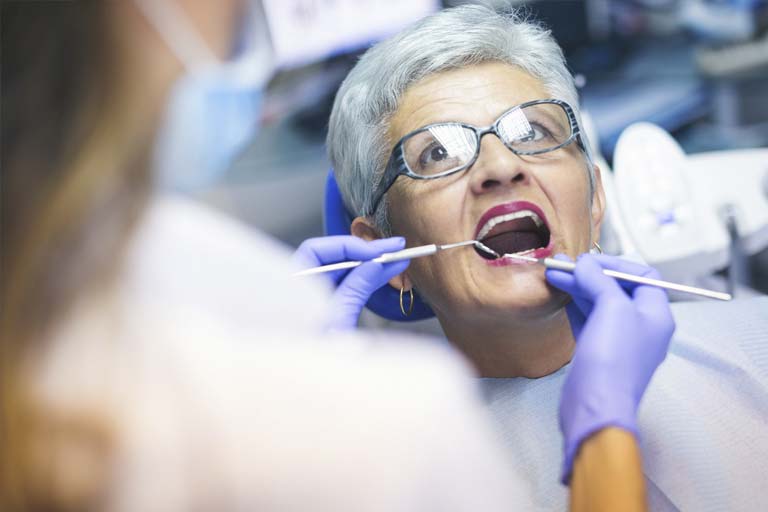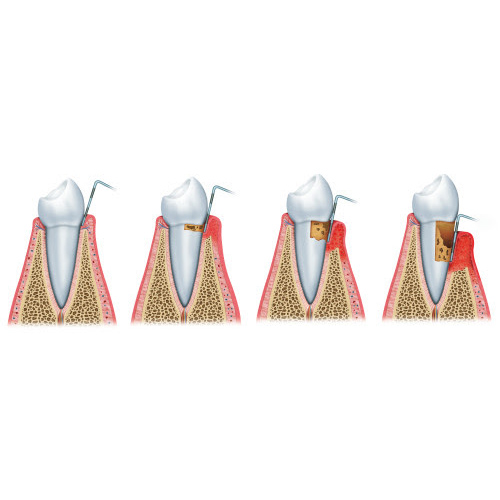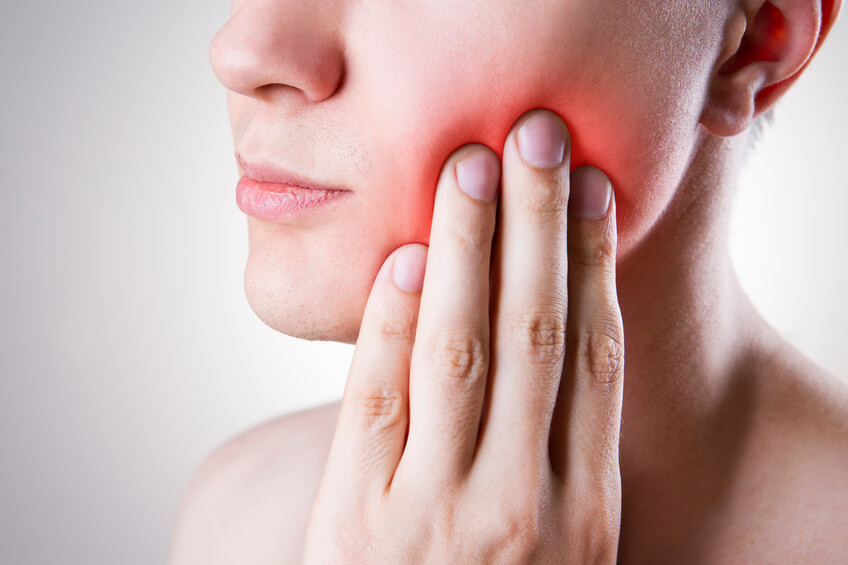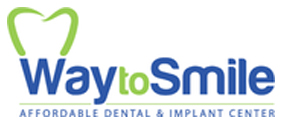Periodontics
Oral Care is the Key to Good Health
- Prophylaxis (Regular Cleaning)
- Full Mouth Debridement
- Scaling and Root Planning (Deep Cleaning)
- Periodontal Maintenance
 Preventing dental disease starts at home with good oral hygiene and a balanced diet. It is continued in the dental office by the efforts of your dentist and dental hygienist to promote, restore, and maintain your oral health. Oral health is essential to overall health.
Preventing dental disease starts at home with good oral hygiene and a balanced diet. It is continued in the dental office by the efforts of your dentist and dental hygienist to promote, restore, and maintain your oral health. Oral health is essential to overall health.
Prevention also includes regular dental exams, cleanings, and x-rays. A typical hygiene appointment will include an annual exam with our dentist Paola Wainberg DDS. Gum disease, decay, and other warning signs should be detected and treated early to avoid expensive and more extensive treatment down the road.
Our hygienist will perform a thorough inspection of your mouth, teeth, and gums, identifying any areas of concern that she will bring to the attention of your dentist. If necessary, your dentist will review any areas that require treatment, and create a treatment plan to best remedy these needs. Teeth will then be cleaned using a combination of ultrasonic and hand scalers. Once this cleaning, or “prophylaxis”, is complete your teeth will be flossed and polished by your hygienist. Sealants and fluoride are also great preventive treatments that help protect the teeth.
Prevention helps avoid serious and costly dental problems and is the key to having a healthy, confident, beautiful smile.
Prophylaxis (Regular Cleaning)
A dental prophylaxis is the medical term for a cleaning appointment. A prophylaxis thoroughly cleans the teeth to help keep your teeth, gums and mouth in good health, and to prevent or halt the progression of periodontal disease (gum disease).
Full Mouth Debridement
A debridement is a procedure to remove thick or dense deposits on the teeth. It is required when tooth structures are so deeply covered with plaque and calculus that the dentist and staff cannot check for decay, infections or gum disease. A debridement is not the same as a regular cleaning.
Scaling and Root Planning (Deep Cleaning)
Although routine cleanings are done to prevent periodontal (gum) disease, scaling and root planing is a non-surgical procedure done to treat periodontal disease. In fact, this procedure – sometimes called a deep cleaning – is considered the “gold standard” of treatment for patients with chronic periodontitis. If your dental hygienist cleans your teeth every six months or so, you know that a routine professional cleaning involves scaling teeth and the gumline to remove plaque and tartar and polishing to remove stains and smooth the tooth’s surface. This is done to keep your teeth and gums healthy. If you have symptoms of gum disease, however, you may need another type of cleaning, called scaling and root planning.
Periodontal Maintenance
Periodontal maintenance is distinctly different than prophy and is most commonly utilized for patients who have had active perio treatment. It is ongoing treatment for periodontitis, which is a chronic and non-curable bacterial infection. The objective of Periodontal maintenance is to keep the disease under control. Any type of periodontal treatment is ineffective in the long term without an effective Periodontal maintenance regimen.* Periodontal maintenance is provided every three months.
Did you know:
80% of American Adults have Gum Disease?
 If you have red or swollen gums, bad breath, or other uncomfortable symptoms, you may have gum disease.
Our Doctor Paola Wainberg DDS and our Dental Hygienist work together to identify and treat gum disease early to help patients keep and maintain healthy teeth. The good news is that when detected early, gingivitis, the earliest form of gum disease, is reversible.
If you have red or swollen gums, bad breath, or other uncomfortable symptoms, you may have gum disease.
Our Doctor Paola Wainberg DDS and our Dental Hygienist work together to identify and treat gum disease early to help patients keep and maintain healthy teeth. The good news is that when detected early, gingivitis, the earliest form of gum disease, is reversible.
Schedule an appointment today, to start your path toward a lifetime of good health.
What is Periodontal Disease
Periodontal disease, or gum disease, starts from a buildup of plaque on the teeth. The bacteria in plaque irritates the gums which kick starts the body’s immune system’s inflammatory response as the first step to fight off bacteria, viruses, and foreign substances that have been introduced to the body. With gum disease, the body’s reaction to bacteria is the reason gums become red, swollen, and start to bleed when brushing and flossing. Over time, this can cause the loss of bone which holds teeth in place.
How Does Periodontal Disease Progress
 There are several stages of gum disease from early gum disease (Gingivitis) to advanced gum disease (Periodontitis). The treatment for early gum disease is a comfortable procedure called periodontal therapy, sometimes called Scaling and Root planning or “deep cleaning?. This procedure targets the area below your gum line where flossing and brushing do not reach. The procedure is performed using local anesthesia by our qualified hygienists and dentist. The good news is that the earlier gum disease is detected, the more easily it can be treated.
There are several stages of gum disease from early gum disease (Gingivitis) to advanced gum disease (Periodontitis). The treatment for early gum disease is a comfortable procedure called periodontal therapy, sometimes called Scaling and Root planning or “deep cleaning?. This procedure targets the area below your gum line where flossing and brushing do not reach. The procedure is performed using local anesthesia by our qualified hygienists and dentist. The good news is that the earlier gum disease is detected, the more easily it can be treated.
The plaque, calculus (tartar), and bacteria hiding on the surfaces of your teeth below the gum line will be gently removed. Doing so allows the swelling of the gums to go down, the bleeding to stop, and the gums to reattach to the teeth. This helps prevent continued bone and tooth loss.Sometimes a procedure called periodontal debridement is recommended to remove the surface layer of bacteria just above the gum line to allow better access to the underlying disease.
If the pockets do not heal after scaling and root planing, periodontal surgery may be needed to reduce pocket depths, making teeth easier to clean. This treatment will be completed by a periodontist.
Periodontal treatment methods depend upon the type and severity of the disease. At Way to Smile your dentist and dental hygienist will evaluate for periodontal disease and recommend the appropriate treatment.
Contact Us Today!
We encourage you to contact our dental office today to learn more about Periodontics and to discover how we can care for your smile. We look forward to seeing you!

